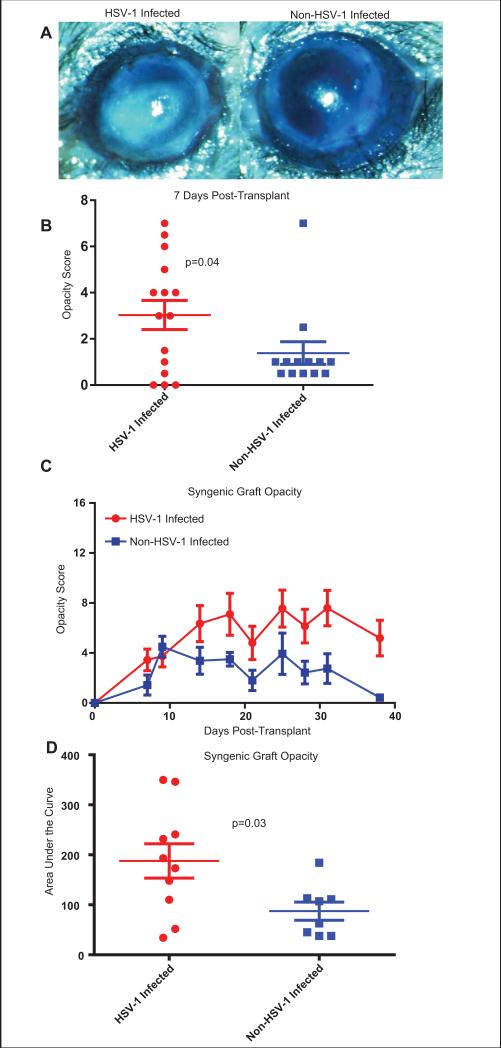Figure 3. Previously HSV-1 infected corneas with subclinical inflammation show a more robust response to surgical insult.
Corneas of female C57BL/6 mice were infected with 1×105 pfu of KOS HSV-1. At 34 dpi, previously infected corneas with subclinical inflammation or non-infected corneas were recipients of non-infected syngeneic corneal grafts. All transplanted eyes received a temporary tarsorrhaphy directly following transplant. Seven days after transplant the tarsorrhaphy was removed and the eyes were examined. Corneal grafts placed on previously infected beds exhibited greater opacity (A, left panel) compared to those placed on non-infected beds (A, right panel) seven days after transplant. Graft opacity was scored on a 16 point scale at 7 day post-transplant and group means compared via Kolmogorov-Smirnov test (B). Data are representative of 4 independent experiments. Graft opacity was evaluated over a five week period post-transplant (C), and the area under the curve (AUC) for individual mice (D) was compared via students T-test. Data are from a single experiment representative of two repeats.

